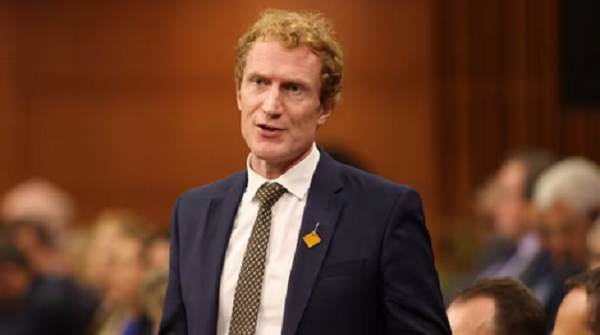At what level must a ‘defect’ be disclosed in home sales?
One of my clients approached a real estate agent last month to list a Toronto house for sale. The agent incorrectly advised my client “any latent defects have to be disclosed” and refused to accept the listing unless the seller signed a new defect disclosure form.
My client refused to sign it and listed the property with another agent who never even mentioned disclosure.
Form 299, entitled Seller Disclosure Latent Defect(s), was introduced by the Ontario Real Estate Association (OREA) earlier this year.
OREA publishes and distributes the standard forms used by real estate agents throughout the province. Form 299 is so completely wrong that it is bound to get agents, buyers and sellers who use it entangled in needless litigation.
The form says, “The Seller client hereby advises the brokerage … of the following, which may be latent defect(s) or potential latent defect(s) of the listed property and consent (sic) to the brokerage … disclosing the following to other persons, including co-operating brokerages or prospective buyer parties.”
This is by a list to be completed under the headings:
- Property Structural Defect(s)
- Property System(s)
- Property Improvement(s)
- Other
When the form is presented to a seller by a listing agent it appears that disclosure is required.
This, however, is not supported by Ontario law which was established by the Ontario Court of Appeal in the 1979 case of McGrath v. McLean.
Sellers are only required to disclose defects if they are aware of them, if they are hidden, if they render the house structurally unsound, if they are so serious as to make the house unfit for habitation, and if the defects actually exist. None of these exceptions appears in form 299.
In creating the form, it appears that OREA has misinterpreted a regulation under the new Trust in Real Estate Services Act which came into effect December 1, 2023.
The regulation says that a broker must disclose facts to any interested parties “if a seller has a legal obligation” to disclose those facts. Based on the McGrath case, sellers have no obligation to disclose defects or potential defects unless they meet all the exceptions in the court’s decision.
Form 299 goes well beyond what a seller has to disclose under Ontario law, and, in my opinion, exposes everyone involved in a transaction to needless and expensive litigation.
In an attempt to understand the reasoning behind Form 299, I emailed RECO asking if I could interview a spokesperson from the association. Instead, I received a written statement from OREA president, Rick Kedzior.
It says, in part, “OREA is confident that our forms help Ontario realtors succeed in business and provide exceptional service to their clients. However, OREA urges its members to seek independent legal advice regarding any particular issues affecting them, including … those related to disclosures.”
Veteran real estate agent Brian Madigan emailed me last week to say, “The form itself goes well beyond any requirements of the law. So this will be fun for lawsuits coming up.”
This article was first reported by star













